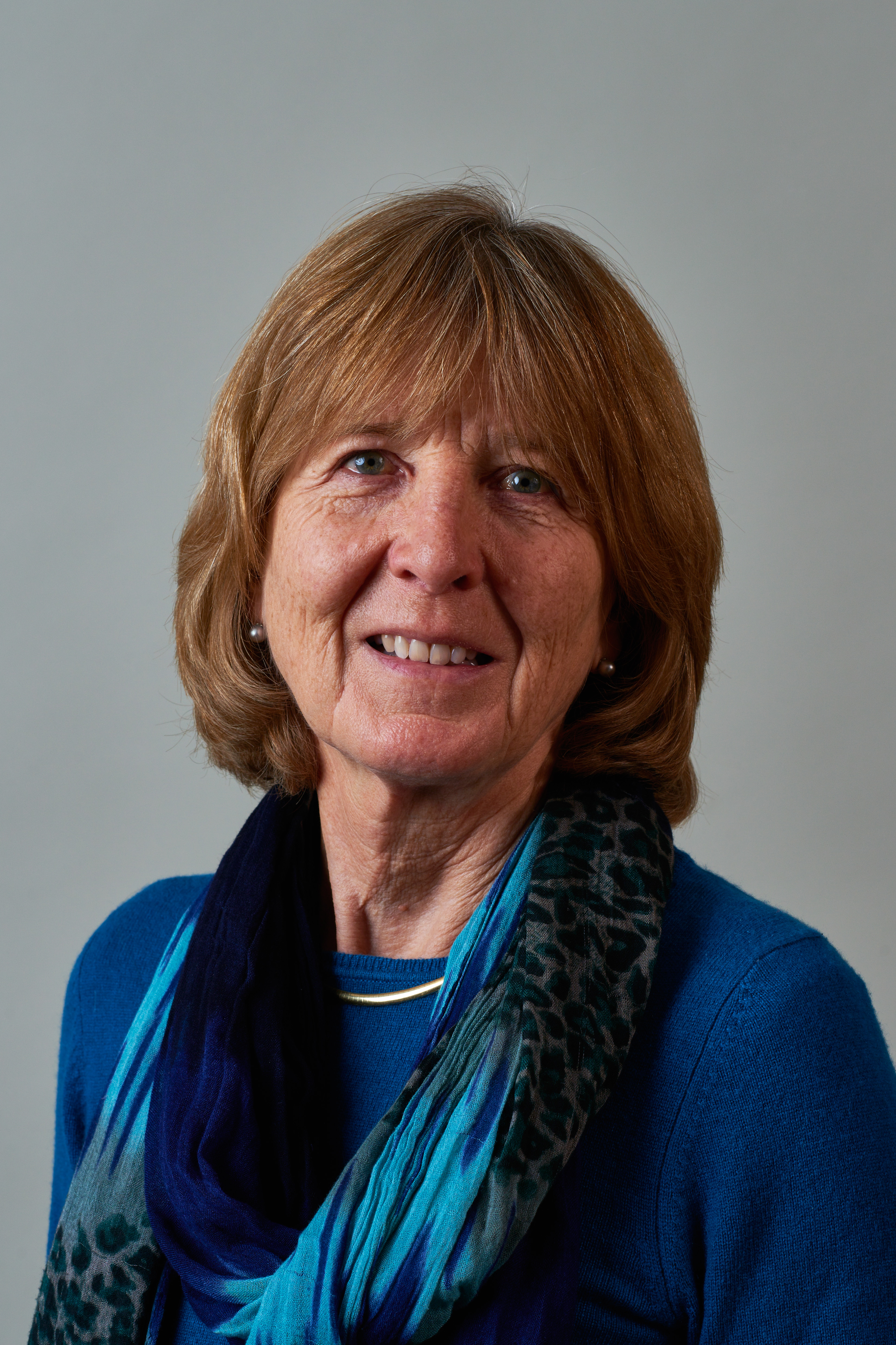Anna Southall OBE Barrow Cadbury Trust trustee and chair of its Investment Management Committee, spoke recently about the Trust’s social investment perspective at a Stock Exchange event organised by social venture charity Allia for Trustees Week. This blog is an abridged version of her presentation.
Why were Barrow Cadbury trustees keen to explore social finance opportunities? Some information about the origins and values of the Trust will shed some light on our interest.
The Trust was founded in 1920 by two Birmingham Quakers, Barrow and Geraldine Cadbury, energetic social reformers and generous philanthropists whose particular concerns were health, education and the criminal justice system.
Influenced by Joseph Rowntree, Barrow established the tax-paying Barrow Cadbury Fund (for those projects that fell outside the legal definition of ‘charitable’) alongside the charitable (and much larger) Barrow Cadbury Trust .
Our Quaker values inform the Trust’s ethical approach to its investments. Our approach is to use all our assets, such as our name, our expertise, our convening power, so not just the money.
We have a history of funding via loan finance. In the 1980s for example, we set up two revolving loan funds enabling unemployed people in the West Midlands to start their own businesses.
So the opportunity in 2009 to invest in the Peterborough SIB was timely. We had a century old interest in reducing reoffending. We also had a current track record of working with St Giles Trust so, in terms of partners as well as potential impact, it was a perfect entry point.
What do we look for when we invest?
Of paramount importance to us is the social impact of an investment. Our investments fall into three main categories:
The majority have been ‘programme related’, i.e interventions that we might under other circumstances consider grant aiding. As with our grantmaking, we actively seek to support pilot projects and ‘upstream’ or early interventions.
One of these is Bristol Together, a Community Interest Company that has developed a 5 year bond to raise working capital for buying and refurbishing properties, providing work and training opportunities for ex-offenders.
The impact of this investment is a 5% reoffending rate over 4 years (compared with the national average of 46%). What are the risks? There’s the possibility of overruns on costs and the Bristol housing market is much more unpredictable than London. There have also been cash flow challenges, but the project is currently on track to repay the bond.
We may seek general ways of supporting voluntary sector infrastructure: for example, we have made an equity investment as well as a loan for the purchase and redevelopment of a shoe-polish factory in Vauxhall, now known as the Foundry, a Social Justice and Human Rights Centre providing office and shared community space for 20 voluntary sector organisations.
And thirdly, the Trust is also interested in developing the social investment market; this motivated our investments in Golden Lane Housing for example.
(to be clear: I am referring to the 2013 bond issued through Triodos. We have also invested in the 2014 bond, but this was a mainstream investment in a corporate bond, made through our investment manager. We are delighted that this bond was successfully issued on the mainstream markets. )
We have an endowment of approaching £80 million, and have set aside 5% (ie £4 million) for social investment. Our pockets are not deep, but we are aware of the ‘kite mark effect’, the leverage that even a comparatively modest investment by Barrow Cadbury can afford an enterprise. Our early investment in the Peterborough SIB is a case in point.
Whether an investment relates closely to one of our programmes, or offers an opportunity to develop the market, above all we are keen to ensure significant social value, above and beyond simply savings to the public purse, valuable though they are.
Risk and return
In terms of risk and return, the potential social impact must justify the financial risk. We take a ‘whole portfolio’ view of financial return, so our appetite for risk varies with each investment. We are prepared to take risks, indeed, we believe we should, and have invested in a couple of ventures where we knew the risks were high. One has folded, and we will have to write off that loan, but the other is still making progress.
Whilst we seek considerable social impact, I would describe us as not financially ambitious. If we preserve the real value of the funds available to us over a 10 year period we will be satisfied. (More might be exciting! But it would cause us to question our risk appetite and whether we had the appropriate balance of social to financial return).
Do we become involved in the projects we support?
I have mentioned a couple of instances where I or a member of staff have joined the board of an organisation. This has merits:
- it certainly aids our learning,
- has been useful in developing informative reporting,
- and can strengthen governance.
It fits our principle of using all our assets for social good, but we do not insist on it: of the 15 investments made to date, we only have this kind of direct involvement in three, all at the invitation of the organisation.
The question of impact on our grant making is interesting.
We believe that grant finance is gold dust and must be protected for things that can’t (or should not) be financed any other way.
We remain keen on blended finance (we have made Ethex a grant as well as a loan, for example).
Our grantmaking is in no way reduced in scale or ambition. It has, I suggest, benefitted from a sharpening up of due diligence and from our increasing expertise. We are better placed to discuss with grant holders the appropriateness (or otherwise) of their pursuing other forms of finance.
To conclude, social investment offers a very welcome alternative source of finance, but it is not the only answer and it’s not for everyone: I do worry about some of the rhetoric: criticising so-called ‘grant dependency’ isn’t helpful, nor is characterising charity trustees as ‘risk averse’ when they decide that such new forms of finance are not for them.
But for the Barrow Cadbury Trust, the beauty of social investment can be summarised in four points. We believe that:
- Trusts and foundations can afford to take the financial risk off the shoulders of the delivery organisations.
- Social investment can move money ‘upstream’ to earlier interventions, which we all know can be more effective in the long run and give better value for money, but which are sometimes not affordable in the short term.
- We can help ‘unlock’ mainstream finance for social purposes (from pension funds, new money etc). For example we have now sold £70,000 of our original investment in Golden Lane Housing, bringing more social investors into the market.
And this touches on my fourth ‘beauty’: that the nature of investments is cyclical: as loans are repaid our capital is released so we can make further social investments.

